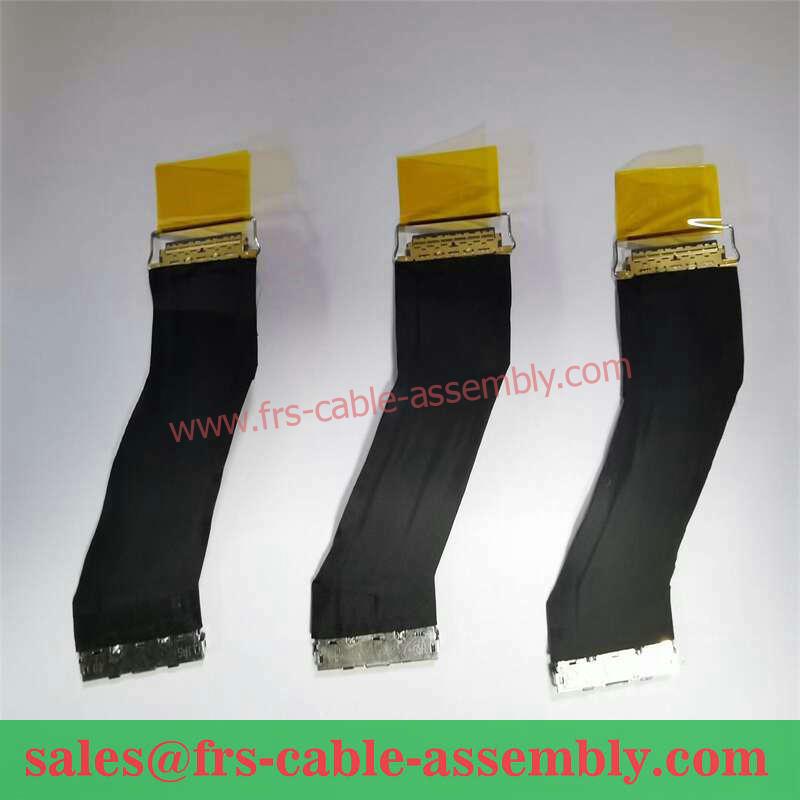Custom X Ray Lithography Vs Euv Cable Assemblies Manufacturer
Exploring the Benefits of Custom X Ray Lithography for Cable Assemblies Manufacturing Custom X Ray Lithography (CXL) is a cutting-edge…
Table of Contents
Exploring the Benefits of Custom X Ray Lithography for Cable Assemblies Manufacturing
Custom X Ray Lithography (CXL) is a cutting-edge technology that is revolutionizing the cable assemblies manufacturing industry. CXL is a form of lithography that uses X-ray radiation to create intricate patterns on a substrate. This technology offers a number of advantages over traditional manufacturing methods, including improved accuracy, higher resolution, and faster production times. CXL is capable of producing extremely precise patterns with a high degree of accuracy. This is due to the fact that X-ray radiation is able to penetrate the substrate more deeply than other forms of lithography, allowing for more detailed patterns to be created. Additionally, CXL is able to produce patterns with a higher resolution than traditional methods, resulting in a more precise and consistent product. CXL also offers faster production times than traditional methods. This is because the X-ray radiation is able to penetrate the substrate more quickly, allowing for faster pattern creation. Additionally, CXL is able to produce patterns with a higher resolution than traditional methods, resulting in a more precise and consistent product. The use of CXL in cable assemblies manufacturing also offers a number of other benefits. For example, CXL is able to produce patterns with a higher degree of complexity than traditional methods, allowing for more intricate designs. Additionally, CXL is able to produce patterns with a higher degree of accuracy, resulting in a more reliable product.Comparing EUV and X Ray Lithography for Cable Assemblies Manufacturing: Which is the Better Option?
When it comes to cable assemblies manufacturing, EUV and X-ray lithography are two of the most popular options. Both technologies offer advantages and disadvantages, so it is important to consider the specific needs of the application before deciding which is the better option. EUV lithography is a relatively new technology that uses extreme ultraviolet light to create patterns on a substrate. This technology is capable of producing extremely small features, making it ideal for applications that require high precision. Additionally, EUV lithography is faster than X-ray lithography, which can reduce production time and costs. However, EUV lithography is more expensive than X-ray lithography and requires specialized equipment.| Contact us | sales@frs-cable-assembly.com |
| Customized Cable Assemblies and Wire Harness | JST, Molex, JAE, Hirose, Samtec, I-PEX, Harwin, KEL, Amp |
 When deciding which technology is the better option for cable assemblies manufacturing, it is important to consider the specific needs of the application. If high precision is required, then EUV lithography may be the better option. However, if cost and speed are more important, then X-ray lithography may be the better choice. Ultimately, the decision should be based on the specific needs of the application.
When deciding which technology is the better option for cable assemblies manufacturing, it is important to consider the specific needs of the application. If high precision is required, then EUV lithography may be the better option. However, if cost and speed are more important, then X-ray lithography may be the better choice. Ultimately, the decision should be based on the specific needs of the application.






